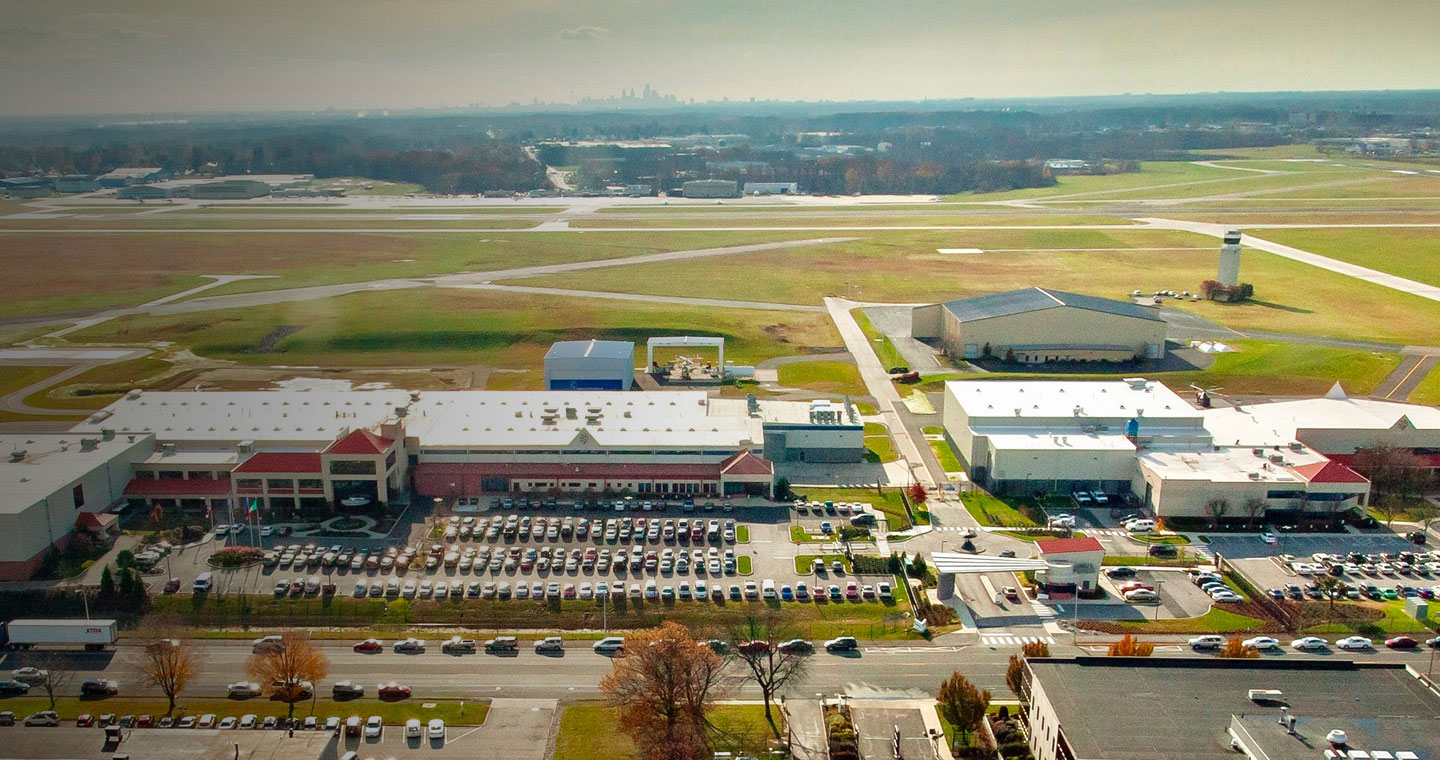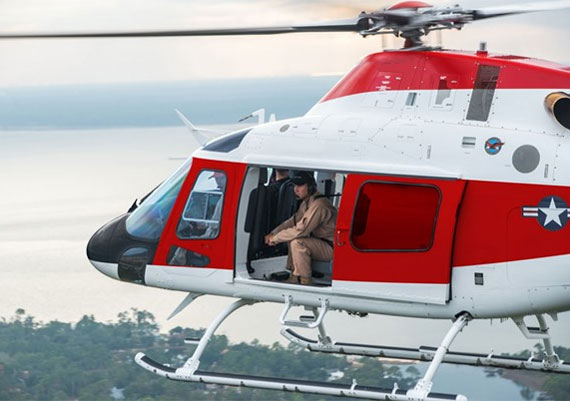TH-119 Production
 All TH-119 worldwide are built and supported by AWPC in Philadelphia, PA. Located at Northeast Philly Airport, Leonardo's facility is the home of the U.S. Customer Service and Support Center for maintenance and training, in addition to supporting more than 20 Regional Service Centers (USA, Canada, Mexico, Puerto Rico, Panama) and nearly 500 aircraft across the Americas.
All TH-119 worldwide are built and supported by AWPC in Philadelphia, PA. Located at Northeast Philly Airport, Leonardo's facility is the home of the U.S. Customer Service and Support Center for maintenance and training, in addition to supporting more than 20 Regional Service Centers (USA, Canada, Mexico, Puerto Rico, Panama) and nearly 500 aircraft across the Americas.
Ready to Grow
The TH-119’s high power margins make it ready for the future; ensuring the pilots of today and tomorrow gain the competence and experience they need.
Best Value
When compared to twin-engine military training helicopters, the TH-119 is less than half the cost to operate, yet it performs above and beyond the requirements. With budgets tightening and acquisition cost recieving increasing scrutiny; it matters.
Operational Cost Savings
The TH-119 provides an ideal, cost-effective learning environment by maximizing the amount of time students are flying. Fewer shutdowns to refuel and the opportunity for students to observe the cockpit while in the Observer seat position optimizes every minute of valuable flight time. Single engine operating costs simply make it cheaper.
TH-119 vs AW119KX
- Genesys Aerospace cockpit avionics utilize dual displays enabling the instructor to fly from either seat, and has the option for either a VFR or single pilot IFR FAA certification to meet the customer’s requirements.
- Unique cabin configuration allows for full view of the cockpit by an additional student or instructor/observer from the 180-degree adjustable observer seat at the base of the instrument pedestal. Also carries 2 additional students on the cabin bench seat.
- 5-fuel cell option provides 5+00 hours of flight time. The pressure refueling port means less shutdowns to refuel and enables "hot" refueling.
- Fully Night Vision Device (NVD) compatible cockpit and cabin with high-visibility cockpit doors and a low-profile instrument panel ensure maximum visibility from the cockpit.
- Re-enforced skids with replaceable skid shoes support the multiple repetitions of essential touchdown training maneuvers.
- Cargo hook and hoist capable supporting advanced training events.
- Genesys avionics open system architecture allows for growth to future enhanced training and/or future FAA compliance.
- Optional flight/voice data and video capture capability with post-flight download
Additional Equipment:
- Air conditioning
- Dual controls
- Reinforced windshield
- Removable skid shoes


 Doug Edge, a former US Navy Helicopter Instructor Pilot and current Leonardo Helicopters Instructor and Production Test Pilot, knows what is important when teaching aspiring helicopter pilots – flying as frequently as possible and maneuver repetition. A modern training helicopter must support both.
Doug Edge, a former US Navy Helicopter Instructor Pilot and current Leonardo Helicopters Instructor and Production Test Pilot, knows what is important when teaching aspiring helicopter pilots – flying as frequently as possible and maneuver repetition. A modern training helicopter must support both.